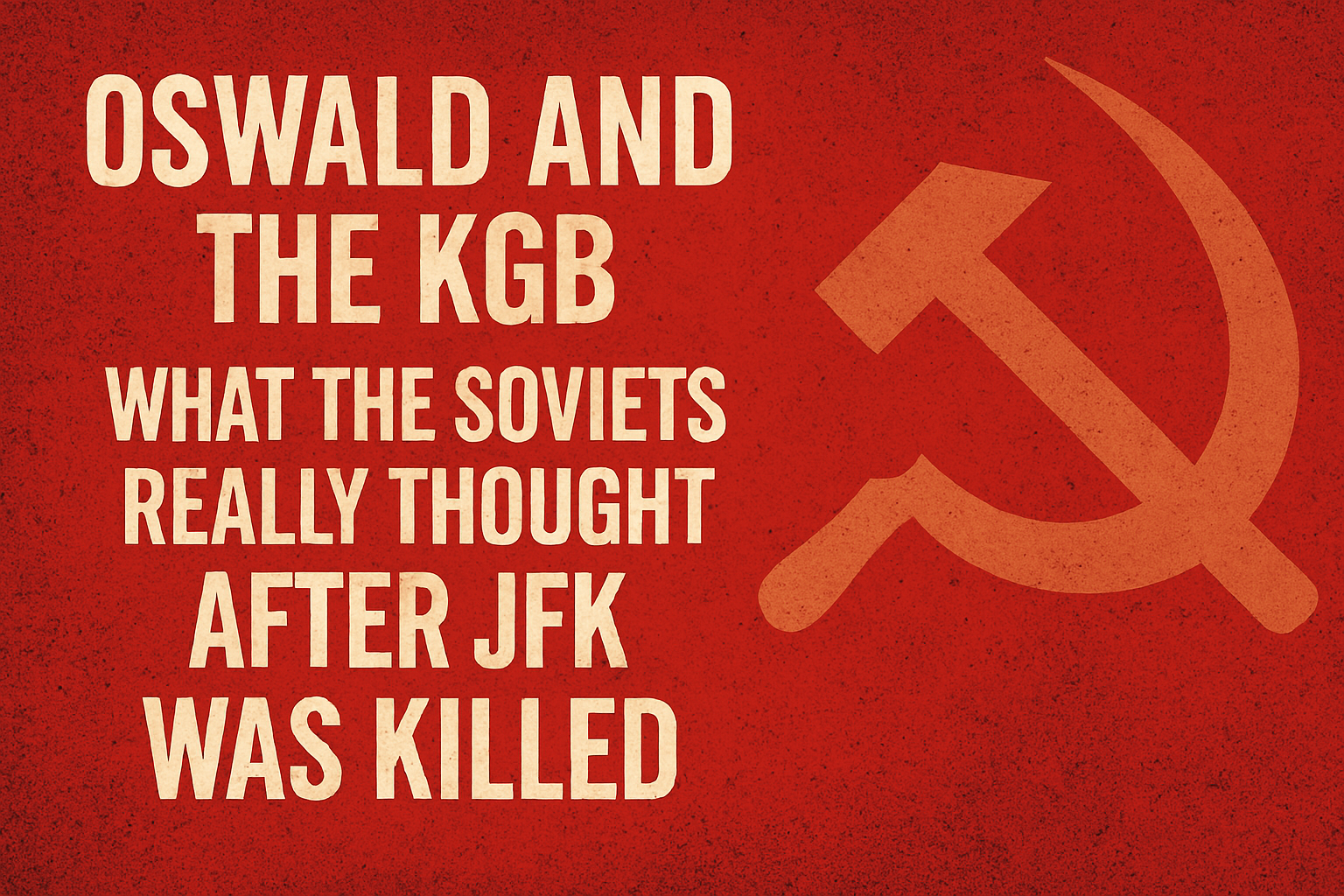Newly released memos and call logs show LBJ was looped in early-and stayed strategically quiet.
🚪 The Vice President Turned President
Lyndon B. Johnson took the oath of office on Air Force One, just hours after Kennedy’s death. But the 2025 files show he wasn’t as shocked as the American public.
According to CIA and FBI records, LBJ was briefed on Oswald’s background within 90 minutes of the shooting.
The documents don’t prove foreknowledge. But they reveal strategic restraint, rapid narrative shaping, and behind-the-scenes orchestration.
📁 The Briefing He Shouldn’t Have Had
An internal CIA cable marked “Top Secret – Eyes Only,” timestamped 2:02 p.m. CST on Nov. 22, was addressed to the following:
- DCI John McCone
- FBI Director J. Edgar Hoover
- Vice President Lyndon Johnson
The message summarized Oswald’s defection, Cuban contacts, and embassy visits.
This raises a critical question:
Why was the vice president being fed foreign intelligence before the president was buried?
🕵️♂️ LBJ’s First Call: “Keep This Tight”
A White House Communications log from 3:18 p.m. CST records LBJ saying:
“We don’t need loose lips from Langley or the Bureau. Let’s get a grip on this story.”
The call was placed to Hoover. Minutes later, the FBI’s first press guidance went out.
The phrase “acted alone” appeared six times.
📞 The Talk with Texas Officials
The 2025 files also contain a transcript of a Nov. 23 meeting between LBJ and senior Texas officials. LBJ allegedly said:
“If it’s Cuba, we’re at war. If it’s Russia, we’re at war. If it’s one man, we can move on.”
Everyone in the room agreed: Oswald had to be the lone shooter. That was the only version the country could survive.
🧠 Internal Memo: “Executive Narrative Stability”
A now-unsealed CIA memo titled “Executive Narrative Stability – Presidential Transition” includes these talking points, dated Nov. 24:
- Avoid speculation on foreign involvement
- Reinforce Oswald as disturbed loner
- Do not acknowledge Mexico City surveillance activity
LBJ followed them to the letter in his first televised address.
🔚 The President Who Stayed Quiet
Lyndon Johnson didn’t kill Kennedy.
But he inherited the moment-and he used it.
The 2025 files don’t show guilt.
But they show awareness.
And they show that from the moment JFK’s heart stopped beating, LBJ was navigating power, not searching for truth.
Silence can be strategic. And in Johnson’s case, it worked.

